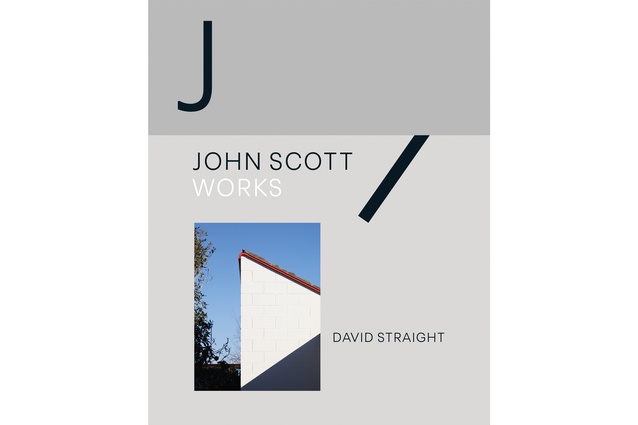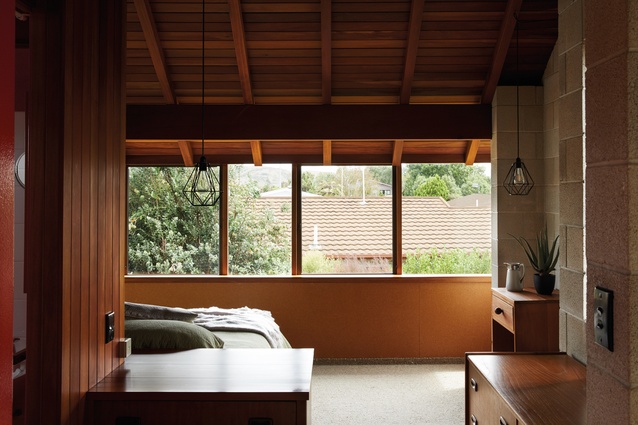Book review: John Scott Works
Mike Austin reviews a new book that explores the work of an iconic New Zealand architect.
Disclosure: When I graduated, I wanted to work for John Scott. (I always knew him as John whereas those closer called him Scott or JC.) But after letters and phone calls, we couldn’t ever get it together, which John later claimed was a good thing. I am not so sure and I still wish I had because I thought then, and still think now, that he was the most interesting architect in the country.

The book John Scott Works is a substantial publication (336 pages) with high-quality photographs of 40 of John’s projects. This is a fine record of his work and we can be grateful to David Straight for having photographed John’s architecture so meticulously: a project initiated by his photography of the destruction of the Aniwaniwa Visitor Centre. Missing (as is so often the case for an architect these days) are the plans and John’s plans were always complex. This can be glimpsed on the four pages titled ‘Ephemera’ at the end of the book.
In the introduction, David Straight says: “One of the most contested aspects of Scott’s career is to do with the influence of te ao Māori in his work. Was he a Māori architect or was he an architect who was Māori? The essays in this book add to this conversation.”
The essays take up only 10 per cent of the book, the one by Hana Scott concluding: “I believe JC’s success as an architect was, in large part, due to his whakapapa”. John navigated, in a humane, respectful way, through this difficult territory between being patronised (which he called ‘the Māori bug’) and being ignored, paving the way for later indigenous architects.
The title of the essay by Bill McKay and Julia Gatley describes John as a ‘regional modernist’. They say: “The purpose of this essay has not been to shatter myths, but rather to set Scott’s work in context and to recognise that life is more complex than legend.”
Douglas Lloyd Jenkins, in his essay, proposes: “Picking apart the myths that surround Scott and his client relationships in the hope of getting to the man himself is a futile task.” His essay is titled ‘The Plausible Rogue’, which was a comment by the father of one of John’s clients. This is the last thing I would have called John.

Gregory O’Brien contributes ‘Words to Inscribe on a Condemned Building’ about the Aniwaniwa Visitor Centre demolition, which he attended, planning to write on the structure. He didn’t, discovering the building was already a poetic statement and says of its demolition: “the irony is appalling”. It would be very seldom that a building’s destruction would lead the demolition foreman to tears, and the mystery of the fate of this building is shrouded in Tūhoe mist.
Was it institutional, racial, inter-iwi or internal conflicts that led to its neglect? We wonder why it had to be destroyed. Maybe it was because it stood as a reproach for our carelessness about architecture. What this book demonstrates is that the architecture survived the neglect – in Jacob Scott’s words, the building was “still doing its job”. The images dominate the words – not that John was against words. He talked about architecture incessantly as he drove around the country.
“Lorraine [Arrowsmith] noticed that during the design process Scott tended to finish sentences with ‘you know what I mean’, which she felt was clearly a way of establishing a mutual position and ensuring clients were on board, not only with the project but also with his wider thinking.”
This article first appeared in Architecture New Zealand magazine.













